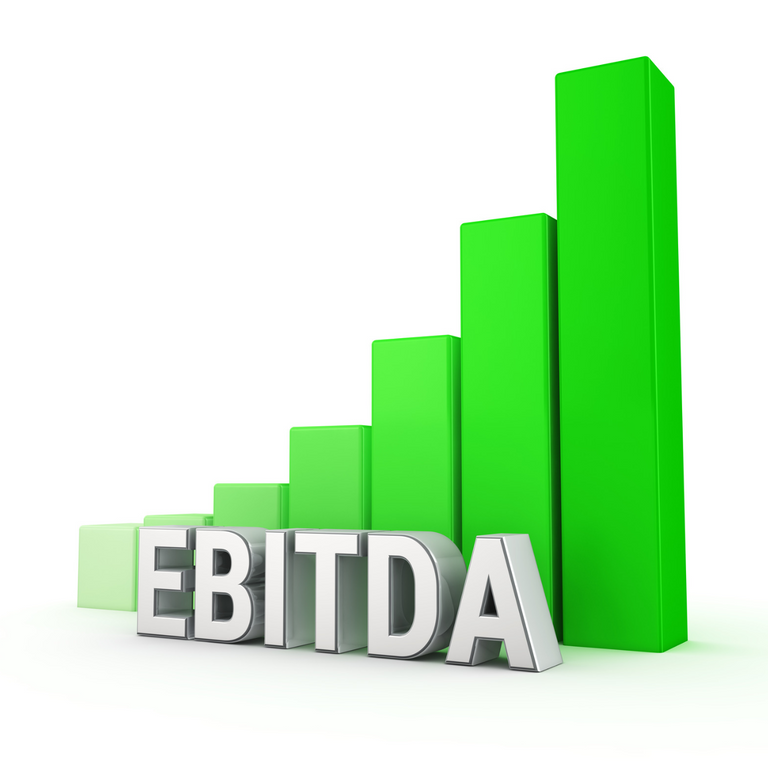EBITDA for Beginners - Understanding the Basics

Once upon a time in the world of finance, a young investor named Alice stumbled upon a term that she hadn't seen before: EBITDA. Intrigued, she set out on a journey to learn more about this mysterious acronym. EBITDA, which stands for earnings before interest, taxes, depreciation, and amortization, measures a company's profitability without including certain expenses like interest payments, taxes, and non-cash charges like depreciation and amortization.
In this first article of our 3-part series, we will explore EBITDA's basics, like how it's calculated, and why it's used by investors and analysts alike. Think of it as a treasure map that will lead you to a deeper understanding of the mystical world of EBITDA.
TLDR;
- EBITDA measures a company's core profitability.
It is calculated by adding back interest, tax, depreciation, and amortization expenses to net income. - EBITDA helps investors assess a company's profitability, excluding expenses that depend on financing decisions, tax strategies, and discretionary depreciation schedules.
As Alice ventured further into the realm of EBITDA, she discovered two formulas to calculate it:
- EBITDA = Net Income + Taxes + Interest Expense + Depreciation & Amortization
- EBITDA = Operating Income + Depreciation & Amortization
By using these formulas, Alice could determine EBITDA from a company's financial statements. She realized that EBITDA could be a useful tool for comparing companies in different industries or with different capital structures. It allowed her to focus on the cash profits generated by a company's operations, without being influenced by factors like taxes and interest payments.
However, not everyone in the financial kingdom shared Alice's enthusiasm for EBITDA. Some, like the legendary investor Warren Buffett, called it "meaningless" because it omits capital costs. As Alice continued on her journey, she realized that EBITDA is not a perfect measure of profitability, but rather a tool that could provide additional insights into a company's performance.
Stay tuned for the next article in our 3-part series, where we will delve deeper into the world of EBITDA by exploring its use in various industries and understanding its limitations. In the meantime, remember that EBITDA is just one piece of the puzzle when it comes to evaluating a company's financial performance.
My name is Asteroids - well, that's my Hive name, anyways. I believe firmly in the future of Web3 technology and its potential to reshape our lives. I'm a serial entrepreneur and my aim in life is to always evolve and find new ways to leverage technology in my life.
As I continue to build things, I find new and important wisdom in all sorts of places. My goal here on Hive is simply to share that wisdom so that you can improve as well.
Working is as much about building good habits as it is about doing the actual work. Remembering this on a daily basis has changed my life for the better.
Until next time,
-A